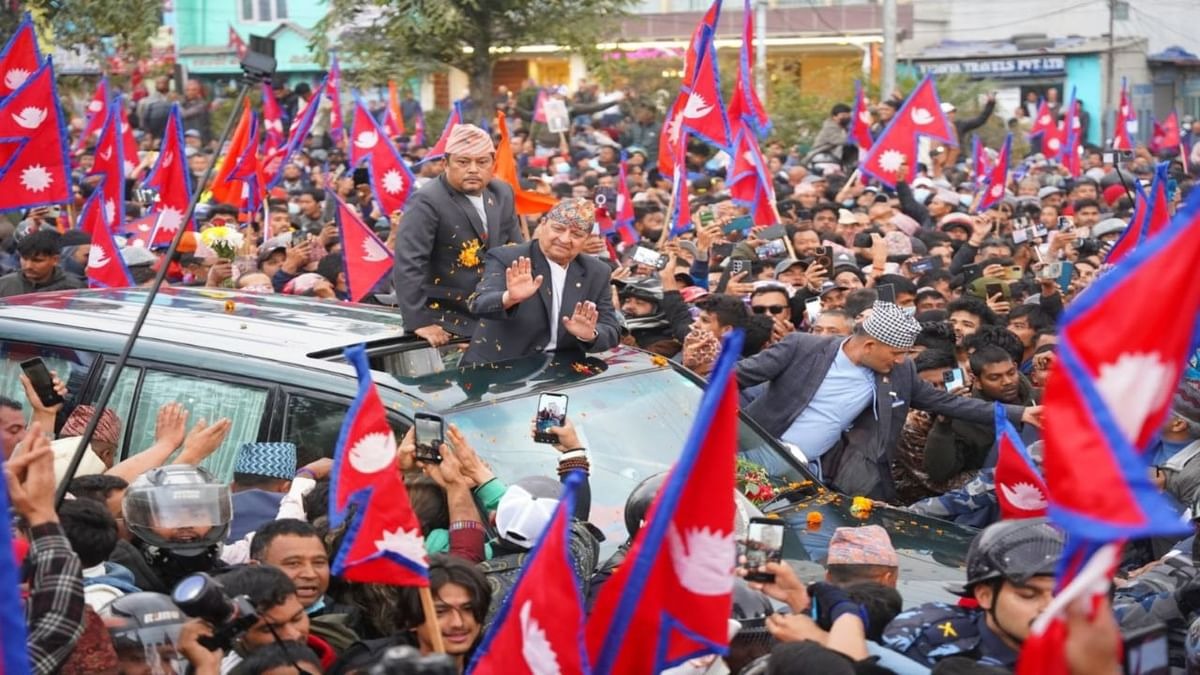
Recent pro-monarchy demonstrations in Nepal have reignited public debate over the country’s political future. A speech by former King Gyanendra Shah on February 19, Nepal’s Democracy Day, urging citizens to "unite to save the country," gave fresh momentum to monarchist groups.
These protests reflect growing dissatisfaction with the current political leadership. Monarchists argue that governance was more stable under the monarchy and claim a return to royal rule could end Nepal's ongoing political instability. On March 28, a major rally turned violent, resulting in two deaths and several injuries.
Root Causes: Governance Failures and Public Frustration
The rise in monarchist sentiment appears tied to widespread discontent over:
Frequent government changes
Corruption
Ineffective public services
Weak institutions
Unemployment and mass youth migration
While monarchist gatherings have been relatively small, not all attendees support the monarchy. Many are simply frustrated with Nepal’s political class and seeking systemic change.
Republic Defenders Push Back
Proponents of Nepal's republican system, established in 2008, argue that returning to monarchy would reverse democratic gains. These include:
Secularism
Inclusivity
Fundamental rights
Freedom of speech
The current republic was created by an elected Constituent Assembly after the abolition of the 240-year Shah monarchy. While not perfect, supporters say the solution lies in improving the current framework, not reverting to autocratic rule.
Could a Presidential System Be a Middle Path?
Amid the turmoil, CPN (Maoist Centre) Chairman Pushpa Kamal Dahal and legal experts like Om Parkash Aryal advocate for a directly elected presidential system, similar to the U.S. model. They argue it would offer:
Greater political stability
Fixed terms for leadership
Clear voter accountability
Aryal suggests such a system could resolve current confusion over leadership selection in Nepal’s parliamentary setup.
Challenges of Constitutional Overhaul
Switching to a presidential system would require major constitutional amendments, needing a two-thirds parliamentary majority—a difficult and lengthy process. Critics like columnist Sanjeev Satgainya argue the problem lies more with political actors than the system itself.
Nepal’s Political Evolution: A Brief History
1951: End of the Rana regime and start of democratic reforms
1960–1990: Panchayat system under King Mahendra
1991: Return of multi-party democracy under a constitutional monarchy
2001: Royal massacre leads to King Gyanendra's rule
2005–2006: Gyanendra’s attempt at absolute power sparks mass protests
2008: Monarchy abolished; Nepal becomes a republic
2015: New Constitution enacted
Democracy in Nepal: A Work in Progress
Despite challenges, Nepal has made notable progress in:
Expanding civil liberties
Improving political participation
Promoting social inclusion
However, governance failures continue to test public trust. Reform within the current system—through better law enforcement, internal party democracy, and stronger provincial governance—offers a practical path forward.
Read More: Bangladeshi Students Issue Fresh Ultimatum to Yunus Government Following Death of Sharif Osman Hadi

 Share
Share



